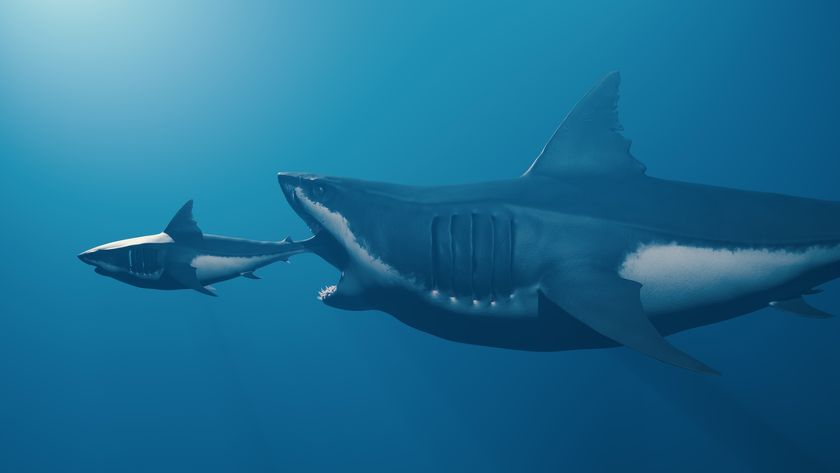The 10 Wildest Pregnancies in the Animal Kingdom
Strange Pregnancy

Swollen ankles, an aching back, acid reflux … pregnancy can be the pits. But humans aren't the only species who have to put up with some inconveniences in order to reproduce. Here's a tour through the strange world of gestation, from seemingly endless pregnancies to daddies who shoulder the burden.
Elephant Gestation
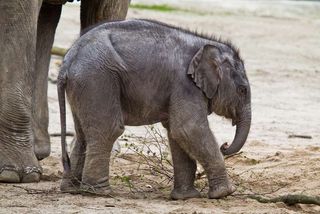
At up to 23 months, elephants boast the longest gestation period of any land animal. They also boast big babies: a newborn elephant weighs about 230 pounds (105 kilograms).
Frilled Shark

The elephant's got nothing on the frilled shark, however. These primitive, eel-like animals have extraordinarily slow-growing embryos, which put on only about a half-inch (1.4 cm) each month. At that rate, the total pregnancy length of a frilled shark is estimated at three and a half years.
Easy Opossums
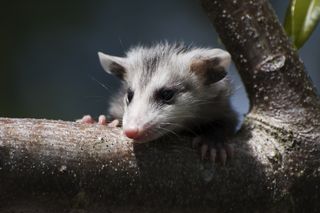
On the other end of the spectrum, opossums have it easy. Their pregnancies last only about 14 days. As marsupials, opossums give birth to helpless young which they carry inside their pouch for two to three months.
Pregnant Daddy
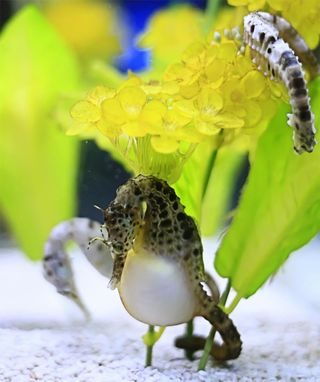
Male seahorses are famously active dads, even taking on the role of egg incubator. Females deposit unfertilized eggs into a pouch on the male's belly. He fertilizes and protects these eggs for several weeks and then gives birth to anywhere from 5 to 1,500 hatchlings (usually around 200 for most species). Then it's bon voyage to the small fry, as seahorses do not nurture their young.
Lots in a Litter

What's cuter than a puppy? Maybe 24 of them. That's the number of puppies in the largest dog litter ever recorded, according to the Guinness Book of World Records. A Neopolitan mastiff named Tia gave birth to this record-breaking litter in the United Kingdom in 2004; 20 of the puppies survived.
Guinea Pig Mamas
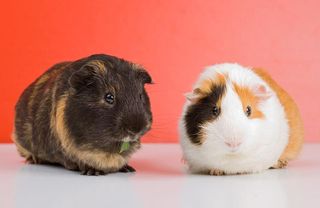
This famous classroom pet is a champion breeder. Guinea pigs are capable of getting pregnant at as early as 4 weeks of age. And there's no rest for the weary: most sows go into heat only two to 15 hours after giving birth to a litter.
Sign up for the Live Science daily newsletter now
Get the world’s most fascinating discoveries delivered straight to your inbox.
Nurturing Octopuses
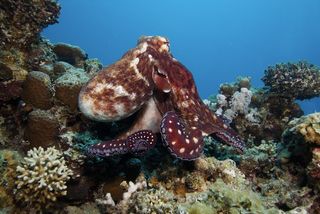
Okay, octopuses don't technically get pregnant. They lay eggs. But their reproduction is odd enough to warrant a mention. Male octopuses insert packets of sperm into females with specialized arms called hectocotyli. The female can store sperm until she's ready to fertilize her average of 200,000 eggs, which she then lays and hangs around her den or attaches to the seafloor. She then guards her eggs zealously, aerating them by fanning water over them.
Dolphin Drag
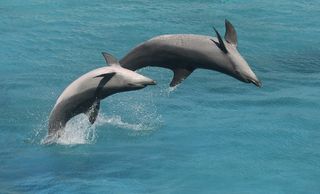
For dolphins, pregnancy is a literal drag. When nearly full-term dolphin mamas swim, the drag on their bodies increases by 50 percent compared to their non-pregnant counterparts. Dolphin pregnancies last about a year.
Armadillo Development
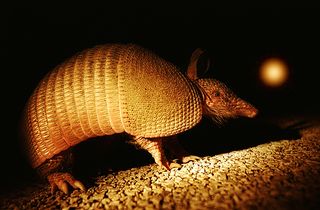
Nine-banded armadillos can put their pregnancies on hold. Like several other types of mammals, including bears and badgers, armadillos practice delayed implantation. They can hold an embryo in a dormant state until conditions are good for a pregnancy. Armadillos gestate their embryos (usually four identical quadruplets) for about four months, but because of delayed implantation, babies usually aren't born until 8 months after mating.
Chimpanzee Childbirth
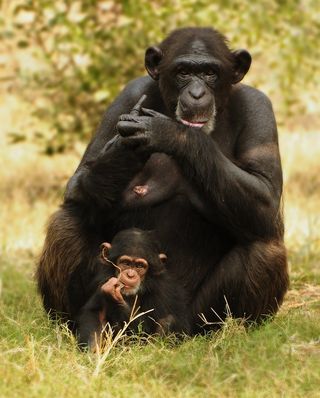
Chimps are human's closest relatives, so it's no surprise that they give birth like us. Baby chimps emerge from the birth canal facing away from their mother, according to a 2011 study. In most primates, babies are born facing the mother so she can pick them up quickly. Some anthropologists suspected that the human tendency to be born facing away from mom led to the need for help during birth, but the chimpanzee experience suggests that isn't so.

Stephanie Pappas is a contributing writer for Live Science, covering topics ranging from geoscience to archaeology to the human brain and behavior. She was previously a senior writer for Live Science but is now a freelancer based in Denver, Colorado, and regularly contributes to Scientific American and The Monitor, the monthly magazine of the American Psychological Association. Stephanie received a bachelor's degree in psychology from the University of South Carolina and a graduate certificate in science communication from the University of California, Santa Cruz.

